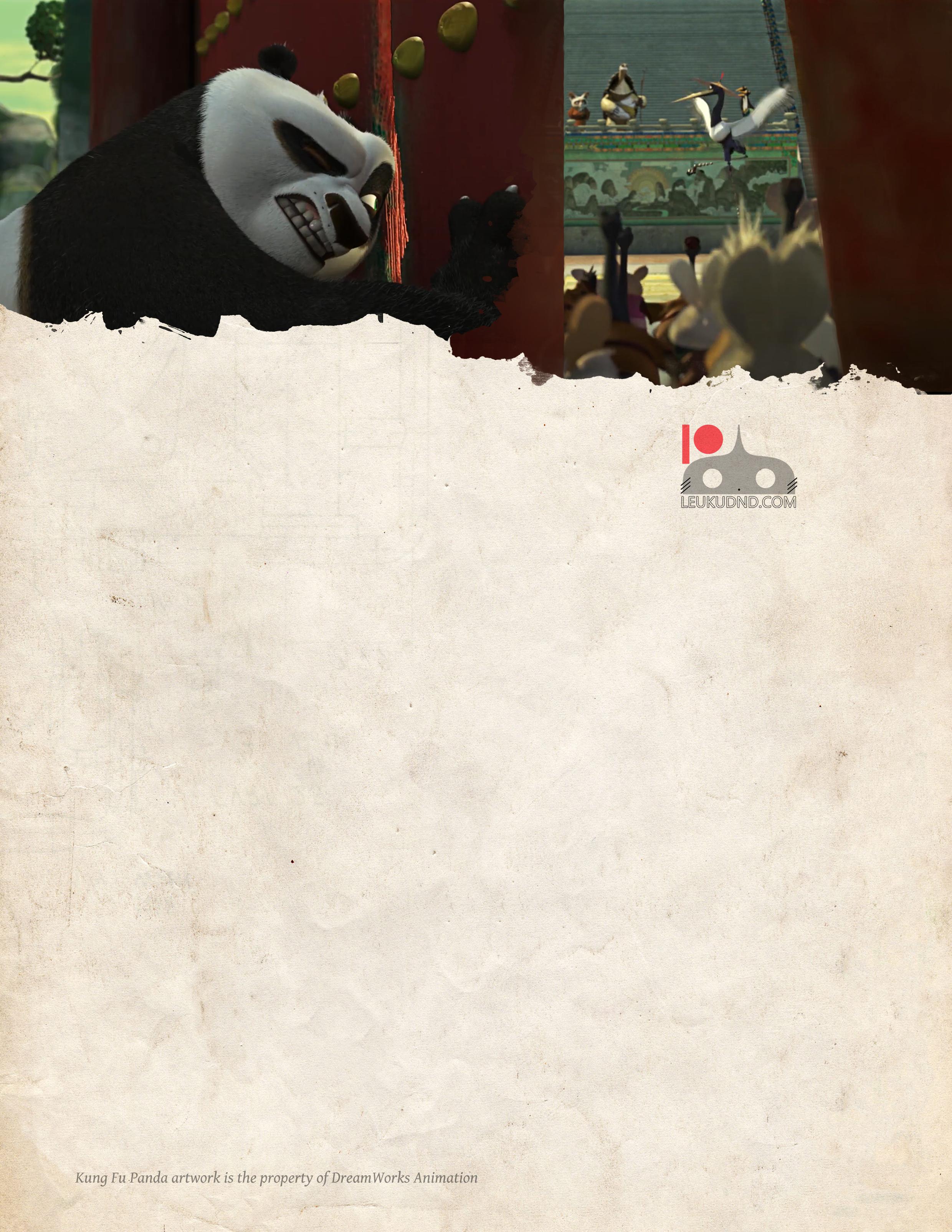
Fighter Archetype
Mimicry is the sincerest form of flattery, but it can often be embarrassing. However, don't judge a book by its cover. Even the silliest impression can leave a deep mark.
Kung Pow
A sheltered fighter discovers strangely dressed warriors striking the empty air with grace and power beyond compare. Eager to learn, but too shy to approach, the fighter decides to watch from a distance and learn through mimicry. The result is... less than ideal, but through natural talent and tireless effort the fighter manages to achieve something that just might work.
Enter the Fist
When you choose this archetype at 3rd level, you can roll a d4 in place of the normal damage of your unarmed strikes. Additionally, you can use Dexterity instead of Strength for the attack and damage rolls of your unarmed strikes. The damage increases to a d6 at 10th level and a d8 at 18th.
Strange Boxing
Also at 3rd level, after careful study of monks at their practice, you have determined that their style is based on stances, which you have begun recreating for yourself. Each stance requires a bonus action and has its own duration, but will also end if you fall prone, are incapacitated, or enter another stance. You gain the following stances:
Hurry of Blows. Until the end of your turn, if you take the Attack action, you can make one additional unarmed strike.
Ancient Defense. Until the start of your next turn, the first attack against you has disadvantage.
Step of the Blind. Until the end of your turn, you cannot be the target of opportunity attacks, you have disadvantage on attack rolls, and if you move at least 20 ft in a straight line, your jump distance in the same direction is doubled.
Fitness of Mind
By 7th level, long periods of sitting without saying or doing anything has taught you... something. Whatever it was supposed to be, your mind has never felt fitter! As an action, you can make a saving throw to end any effect on yourself that is causing you to be charmed or frightened.
"We purposely trained him wrong, as a joke."
- Master Tang
Squatting Tiger
Also at 7th level, you have managed to discover that all martial arts share a common, if not embarrassing, foundational form. You learn the following stance.
Constipated Stance. Until your stance ends, you have advantage on Strength (Athletics) checks to shove and Strength saving throws.
Stances without a specific duration have an indefinite duration, ending when one of the ending conditions is met.
Animal Forms
By 10th level, you learn that many martial artists appear to mimic the movements of animals in order to unleash the beast within... or something. Whatever their reasons, you feel you have managed to figure out what some of those animals are. You gain all of the following stances.
Squirrel Tactics. Until your stance ends, you have a climb speed equal to your walking speed and you can ignore non-magical difficult terrain.
Flamingo Attitude. Until your stance ends, you have advantage on Dexterity (acrobatics) checks to maintain balance and Dexterity saving throws.
Worm Wrap. Until your stance ends, you have advantage on attempts to maintain grapples and you can move through enemy spaces, though you cannot end your turn in them.
Flying Dragon
Beginning 15th level, if you have a running start, then you gain a fly speed in the same direction equal to your remaining movement speed until the end of your turn. If you do not land by the end of your turn, you fall.
Effortless Mastery
At 18th level, your martial style blossoms into a sublime form. You can now enter your hurry of blows, ancient defense, and step of the blind stances without any action required by you.
So this Fighter archetype is inspired by the image of a fighter coming across a group of training monks and, enamored by their grace and power yet too shy to approach them, starts copying their forms from a distance. Rather than receiving formal training (i.e. multiclassing), the Kung Pow Fighter steals and adapts.
Unlike the Monk's Martial Arts which strongly defines the Monk's fighting style, the Kung Pow Fighter's features supplement rather than replace what the base Fighter can already do. Many of these features are weaker imitations of Monk features.
Based on this scenario, here comes the Kung Pow Fighter! (Intentionally named to convey an outsider-looking-in perspective).
Cinematic Experience
When in combat, consider livening up the encounter by mismatching what you say against the movement of your mouth.